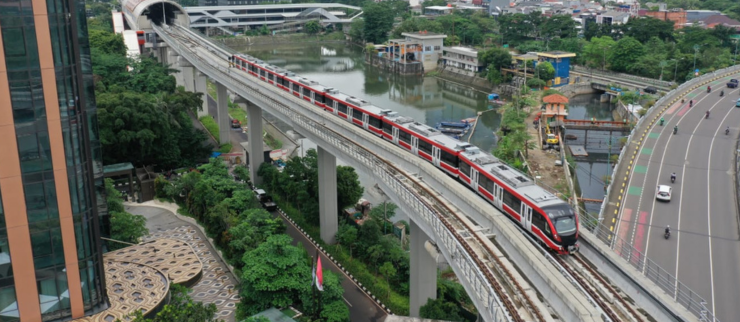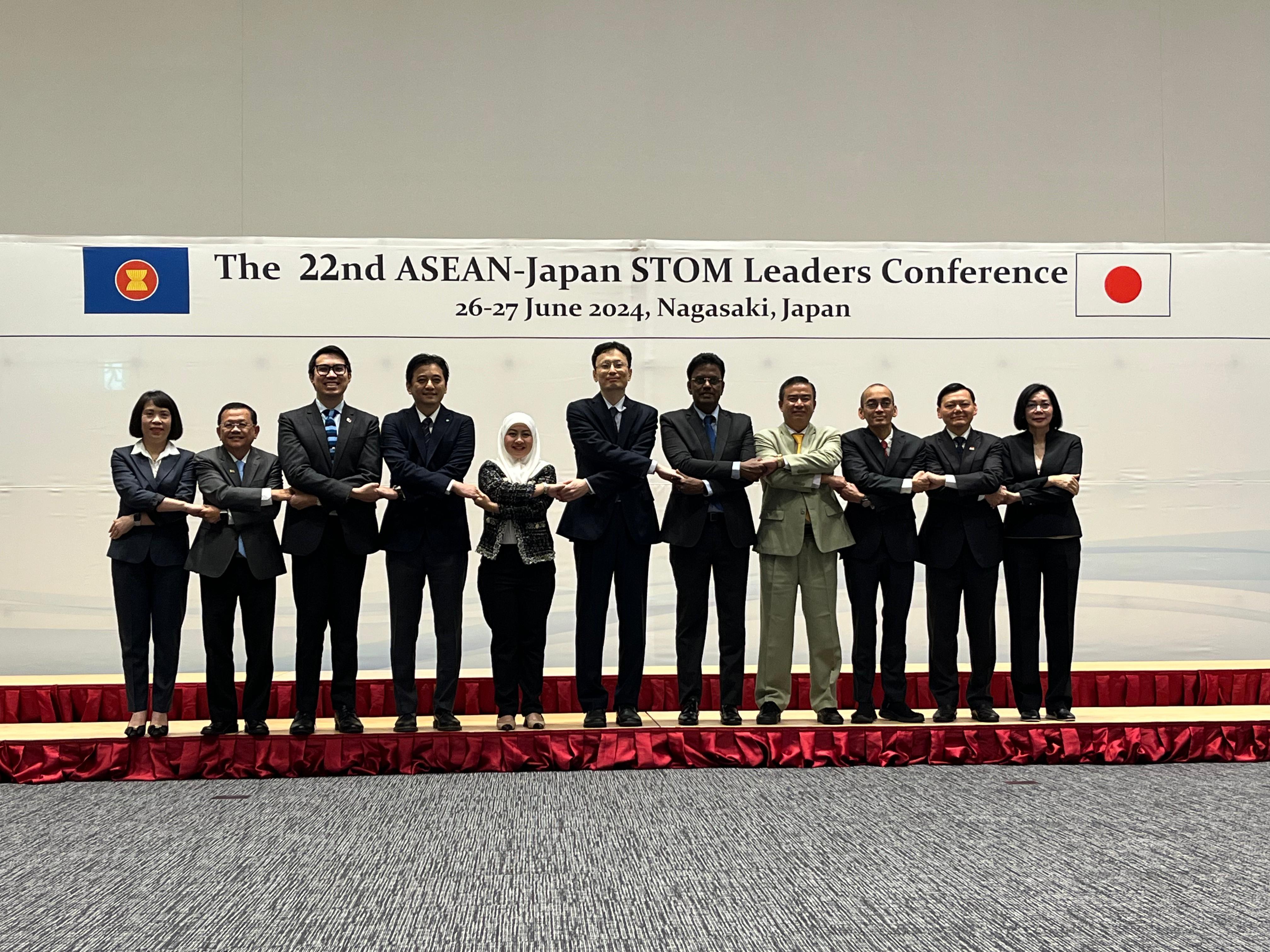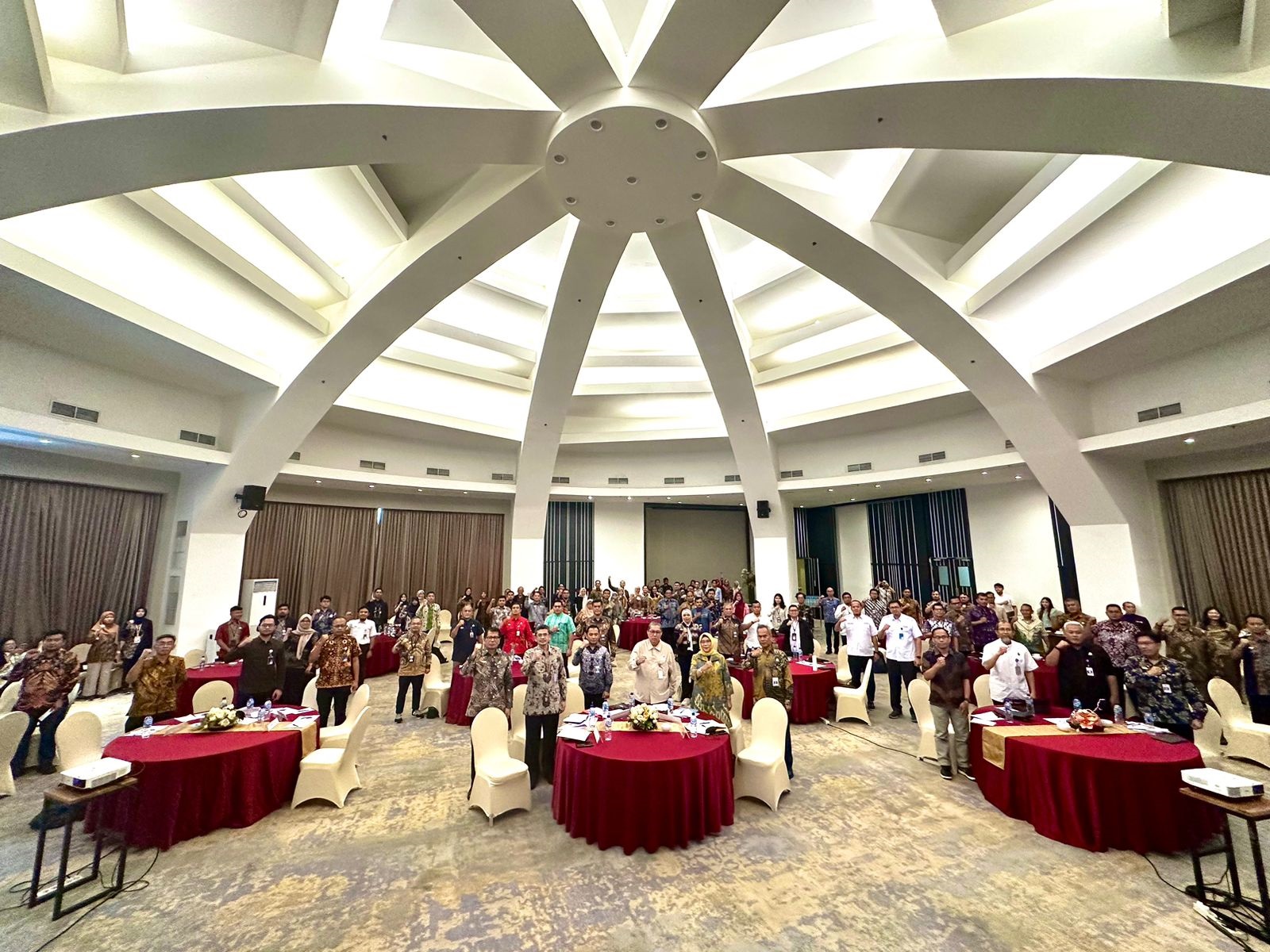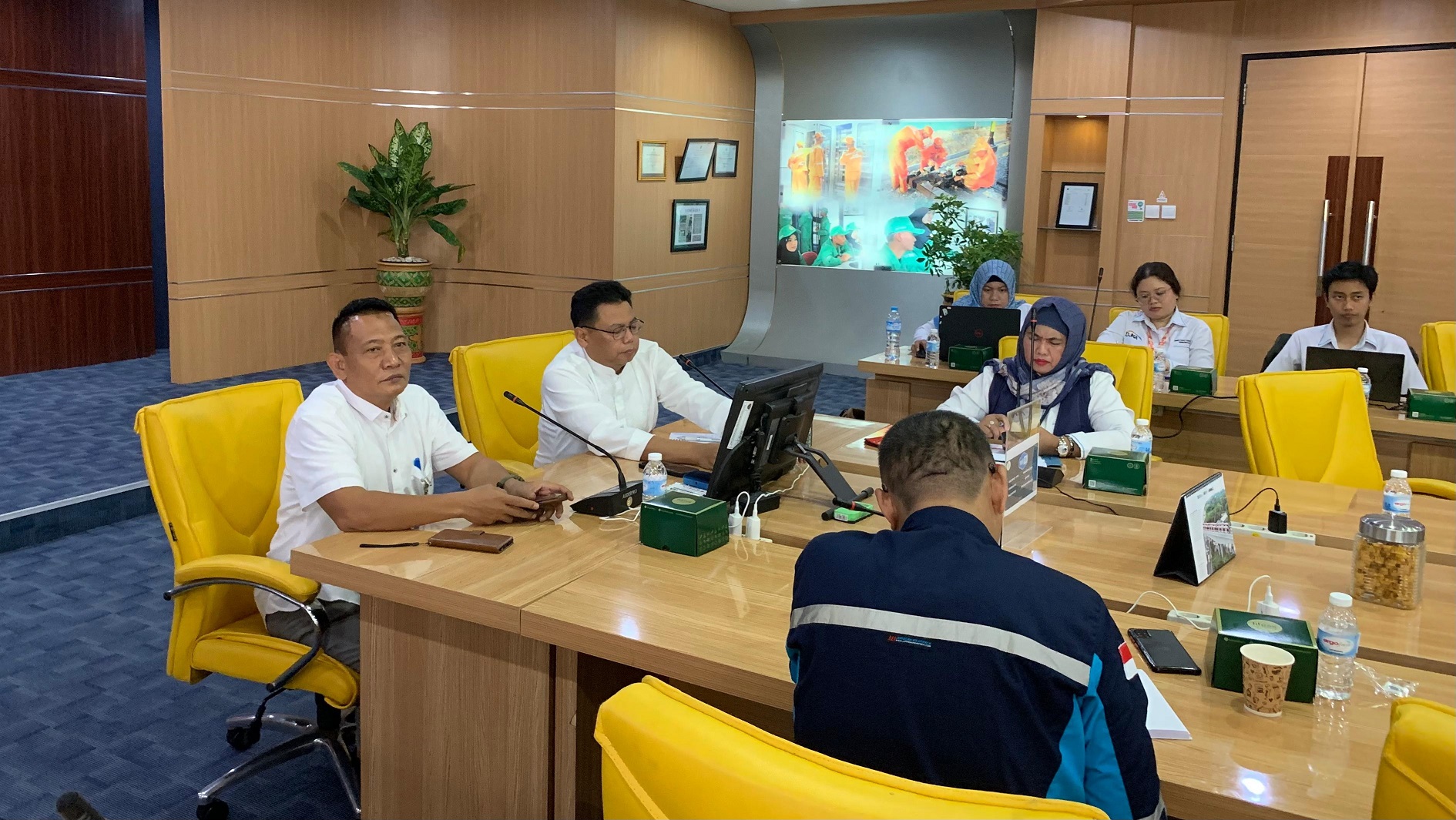Ministry of Transportation Inspected Jakarta MRT Phase 2A Project to Ensure On-Target Construction
.png)
Jakarta - The Director General of Railways (DJKA) of the Ministry of Transportation ensures that the construction of the Jakarta MRT Phase 2A project is running according to plan. This was conveyed in the field review of the DJKA Team along with other Ministry of Transportation officials on the Jakarta MRT Phase 2A project, Wednesday 25 October 2023..
Director General of Railways, Risal Wasal said that until Wednesday 25 October 2023 the progress of the Jakarta MRT Phase 2A work had reached 27,27%. "Seeing today's progress condition, we are very optimistic that the Jakarta MRT Phase 2A can be operated in stages from 2027 to 2029," said Risal.
For information, the Jakarta MRT Phase 2A project is divided into work segments, including CP201 (Bundaran HI - Harmoni) with 63.36% progress, CP202 (Harmoni - Mangga Besar) with 20,72% progress, and CP203 (Mangga Besar - Kota) with 40,09% progress. The total length of the project reaches 5,8 km from Bundaran HI to Kota.
The number of stations to be built in the Jakarta MRT Phase 2A project reaches 7 stations. The seven stations consist of Thamrin Station, Monas Station (CP201), Harmoni Station, Sawah Besar Station, Mangga Besar Station (CP202), Glodok Station, and Kota Station (CP203) with a distance of about 0,6-1 km between stations.
During this visit, the Ministry of Transportation group reviewed the construction of lines and stations in the CP201 work package including Thamrin Station. Thamrin Station will be the longest station owned by MRT Jakarta with a 440 meter length and has 8 entrances, and becomes an integration station for the East-West and North-South corridors.
Regarding the implementation of the development project, Risal admitted that the Jakarta MRT Phase 2 project has challenges that are not easy. "Although relatively short, Phase 2A is quite complicated because it has more challenging geographic conditions and many historical artifacts and cultural heritage objects are found," Risal explained.
Nevertheless, Risal appreciated the efforts of the Jakarta MRT team, along with the contractors to overcome the geographical conditions, and maintain the historical assets found around the project site. According to Risal, this can be a model for other railroad project work that requires special handling, including related to project waste management.
"It is also necessary to transfer knowledge related to the handling of soil waste and underground tunnel construction that does not disturb and impact the surrounding environment. The handling of tunnel work can be used in similar work on future railway projects such as the Bali LRT and Urban Transport in IKN," said Risal. In addition, Risal also said that the flood mitigation and emergency response carried out during the construction of the Jakarta MRT also needs to be emulated by other railroad project implementers.
After the Phase 2A of the Jakarta MRT is completed, it will be continued with Phase 2B which stretches from the Kota Tua area to the Ancol area. "We hope this project can be completed on time so that it can be immediately utilized by the community," Risal concluded. (DA/HJA/JM)












Komentar
LOGIN FOR COMMENT Sign in with Google